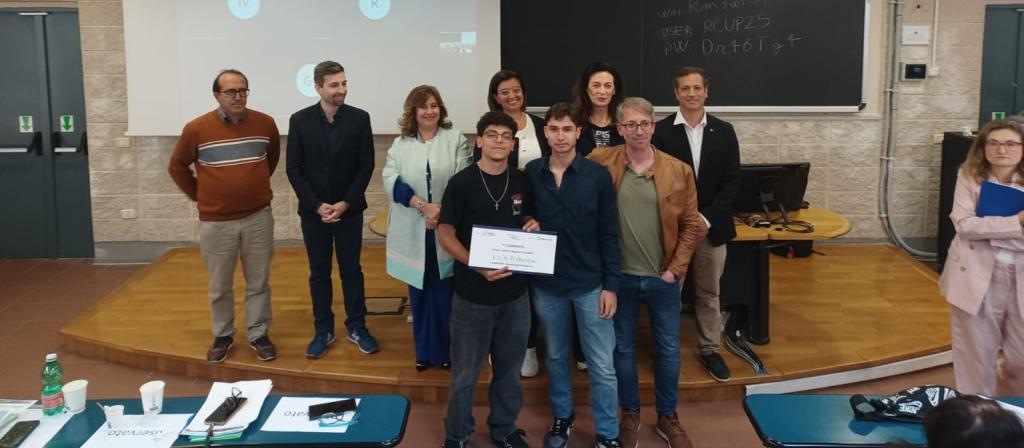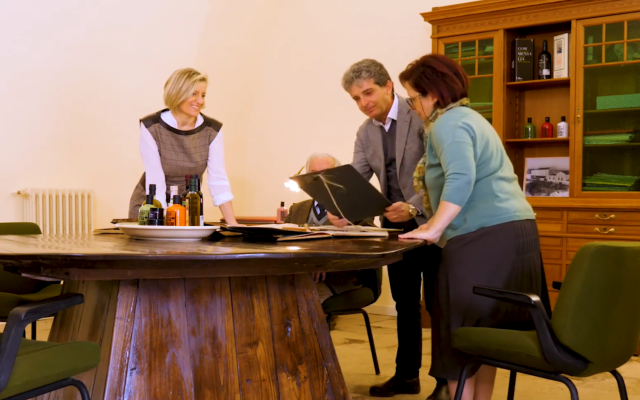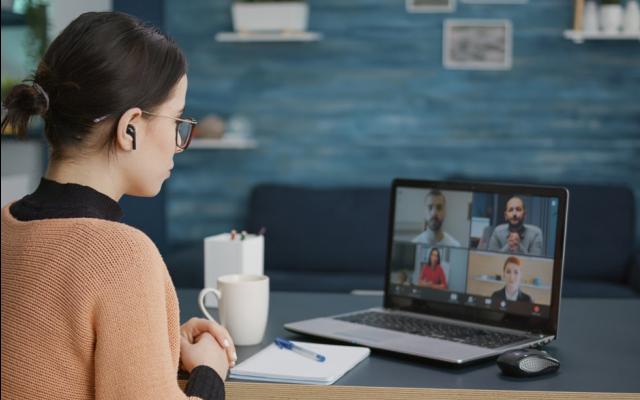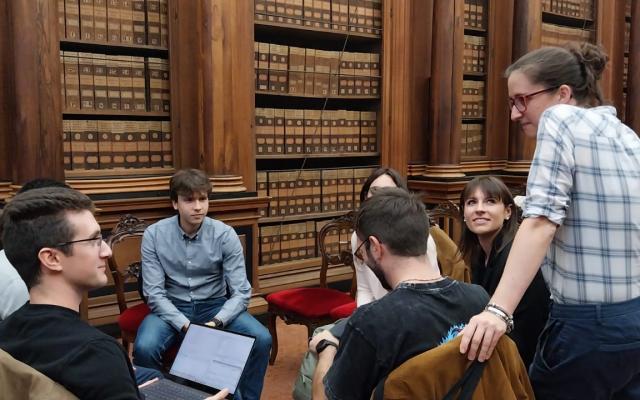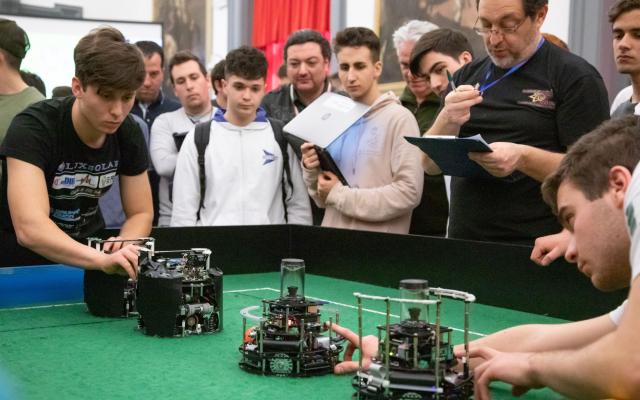RomeCup 2025 creative contest: the Vaccarini team from Catania wins the DroneBOT challenge
A complex, interdisciplinary and highly technological project: the Giovan Battista Vaccarini high school in Catania, in collaboration with the University of Rome Tor Vergata, won first place in the DroneBOT category of the RomeCup 2025.
Coordinated by Professor Leonardo Caruso and with the support of Professor Daniele Carnevale from the university, the team developed an innovative solution for the automatic detection of fires and the semi-autonomous guidance of a land rover in emergency scenarios. The team included Samuele Maria Ferlito and Giuseppe Vinciprova, students from class 3ª AIT.
The challenge
The competition took place on 8 May in a designated area: the teams had 30 minutes to complete a two-stage mission:
- The drone, equipped with a camera, had to recognise the image of a fire on the ground
- The ground rover had to be guided to the fire zone using a vision system and commands transmitted via Bluetooth.
The team that completed the mission in the shortest time possible, without external help or proprietary software, won.
Visual recognition and remote guidance
The Vaccarini team used a smartphone connected to the computer via USB to capture the video stream from the drone, which was transformed into a virtual camera using OBS Studio. Two Python scripts managed the operations:
- a YOLOv5 model trained by the students to recognise fire
- a tracking system for the ArUco marker placed on the rover to guide it dynamically.
The system, developed entirely in Python and Arduino, complies with all the rules and works thanks to master-slave Bluetooth communication between the PC and the rover, without the need for manual pairing.
Advanced skills, active teaching
The students faced real challenges: from training computer vision models to optimising wireless communication, demonstrating debugging, problem-solving and integration skills across different technologies.
‘We solved imprecise recognition problems by improving the dataset and increasing the YOLOv5 training epochs. We also optimised Bluetooth signal stability and video stream management.’
A project that looks beyond
The approach adopted, documented with technical rigour and entirely open source, also won over the jury for the high educational value, operational autonomy and effectiveness of the proposed solution.
